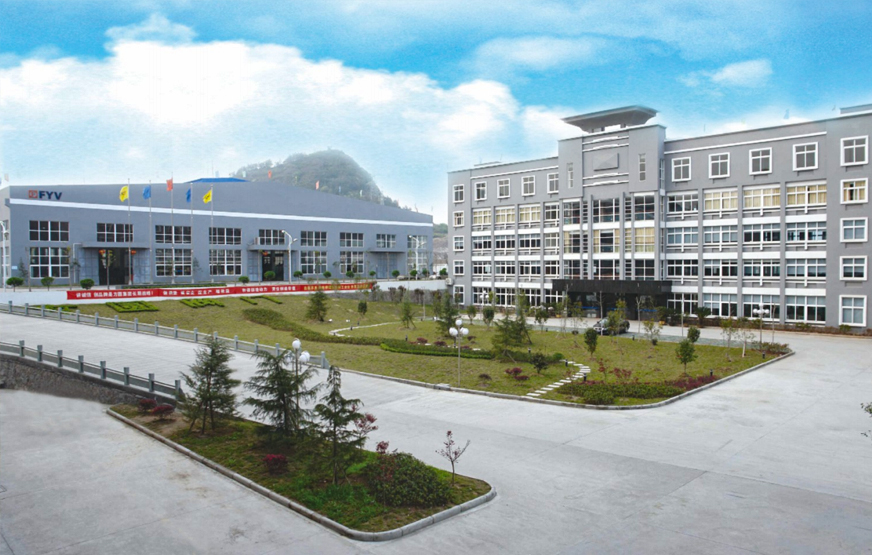-
Technical Specifications
- Design & Manufacturing Standard: API 6D
- Face-to-Face Standard: ASME B16.10 / API 6D
- Flanged Ends Standard: ASME B16.5 / MSS-SP-44
- Testing & Inspection Standard: API 598 / API 6D
- Material Options: Carbon Steel, Stainless Steel, Alloy Steel, Monel, Duplex, Inconel
- Size Range: 2” – 72”
- Pressure Rating: Class 150 – Class 2500
- End Connections: RF, RTJ, BW
- Operating Temperature: -46°C to +200°C
- Operation Modes: Handwheel, Gearbox, Electric, Pneumatic -
Key Advantages of the Parallel Double Expansion Gate Valve
1. Bi-Directional Full Port Flow
The Parallel Double Expansion Gate Valve allows full port bi-directional flow, reduced to a certain extent turbulence and pressure drop. This ensures best efficiency in pipeline systems and facilitates smooth operation under varying flow conditions.2. Parallel Expanding Seal Mechanism
The valve obturator consists of two parallel sealing surfaces that maintain effective sealing even when thermal expansion occurs. This prevents the risk of gate jamming due to temperature-induced deformation, making it a reliable solution for high-temperature applications.3. Durable Sealing Surface
The sealing surface is constructed using hard alloy materials that exhibit good corrosion and wear resistance. This design enhances the sealing integrity and extends the operational lifespan of the Parallel Double Expansion Gate Valve even in harsh environments.4. Double Block and Bleed Capability
This feature ensures secure isolation of fluids within the pipeline, making the Parallel Double Expansion Gate Valve ideal for applications where fluid containment and pressure control are critical.5. Internal Cavity Pressure Relief
The valve incorporates an internal cavity pressure relief mechanism to prevent excessive pressure buildup within the valve body. This enhances operational safety and maintains performance consistency.6. Enhanced Sealant Injection System
Equipped with sealant injectors for both seats and stem, the Parallel Double Expansion Gate Valve provides additional sealing reliability, reducing the risk of leakage and ensuring smooth long-term operation.
Applications
The Parallel Double Expansion Gate Valve is widely utilized in various industries where secure fluid control is essential. It is particularly suitable for:
- Transmission pipeline systems handling natural gas, crude oil, and refined petroleum products
- Chemical processing plants where resistance to corrosion and high-pressure conditions is required
- Industrial gas distribution networks ensure smooth and reliable flow regulation
- Offshore and onshore oil fields, where operational efficiency and durability are of high quality
Design Features
- Full Bore Port allowing pigging operations and reducing pressure loss
- Fully Protected Seat Sealing Faces to minimize wear and tear
- Robust Mechanical Seal ensuring high and low-pressure reliability
- Efficient Pressure Management with cavity pressure relief
- Versatile Actuation Options including manual, pneumatic, and electric controls
The Parallel Double Expansion Gate Valve is a good choice for industries requiring efficient and reliable fluid control. With its robust design, durable sealing mechanism, and advanced pressure management features, this valve ensures long-term performance and operational safety. Whether used in natural gas pipelines, oil refineries, or chemical processing plants, it delivers special sealing integrity and smallest maintenance requirements. Its bi-directional flow capability, combined with advanced sealing technology, makes it a first-choice solution for demanding industrial applications. -



 English
English  русский
русский  Español
Español  عربى
عربى 












